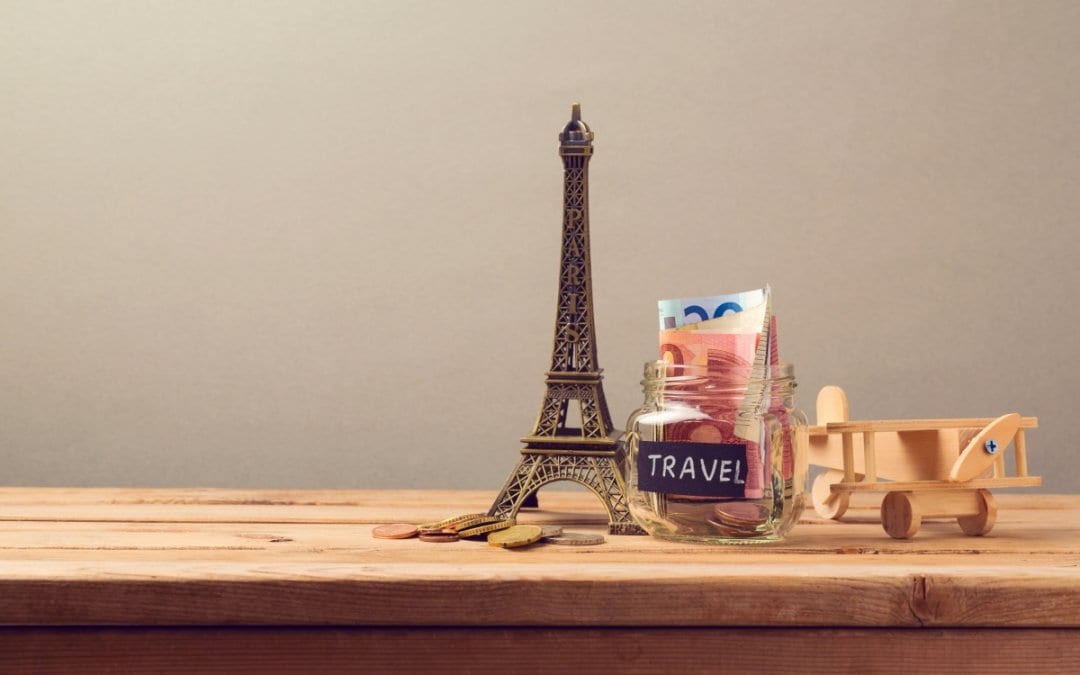Maybe you’re after sun, sea, surf, and sangria. Or perhaps you prefer packing your skis and salopettes and hitting the slopes.
No matter how you plan on spending your summer holidays, we all want the same thing when it comes to foreign currency – to get the most for our money. And in this short blog post, we’re going to take a look at just some of the ways you can get the best rate while overseas.
The cheapest ways to get travel money
Follow these four simple tips to get the most bang for your buck when exchanging money:
1. Buy half now, half later
If you’re worried about currency swings, you could be proactive and purchase half of the currency now, and half later, nearer the time of your departure. That way you won’t be as affected by any volatility in the market.
You might also consider ordering currency from a specialist online exchange that lets you cancel at a later date for free, in the off chance that the exchange rate becomes more favourable.
2. Be smarter with your money
There are a number of new and exciting banking options, all built around smart technology. In comparison to their high street counterparts, these companies are driven by innovation and seem determined to do things differently.
For instance, Monzo don’t add any fees or charges for spending abroad with your card, nor do they mark up the exchange rate. And you can withdraw up to £200 of local currency every 30 days for free (with a 3% charge thereafter). They even provide travel reports, showing you how much you spent in pounds while abroad.
Curve is another great option. You can combine all your cards into one, so you don’t have to lug around an overstuffed wallet or purse. They offer a great exchange rate, and the app shows an instant view of your spending.
Finally, Starling Bank offers free overseas cash withdrawals (although be aware that some ATMs may charge their own fee), terrific exchange rates (they use Mastercard’s globally accepted rate, and don’t add anything on top), and live push notifications to help you keep track of your money abroad.
Just remember that not all countries use contactless, and it’s always a good idea to take at least some cash with you when you travel overseas.
3. Avoid the airport (and high street banks)
Airports are hands down the worst place to buy foreign currency. They prey on the fact that you’ve left it late to exchange cash, and they make you pay for it via exorbitant rates and fees. And high street banks aren’t much better either.
Instead, make sure you plan in advance and visit a local exchange, such as the great one here in Covent Garden. They’ll typically have fairer rates and lower fees, and it’s always nice to keep it local.
4. If given the option, pay in the local currency
If you’re in a shop or a restaurant abroad, and you have the option to pay via card, you’ll often be prompted to choose between paying in the local currency, or paying in pounds. In short, ALWAYS choose the local currency option. Martin Lewis from MoneySavingExpert.com goes into more detail as to why this is a good idea here.
That’s it! You’re now ready to exchange, spend, and save abroad. Now, do you think we’ll fit in your suitcase?






